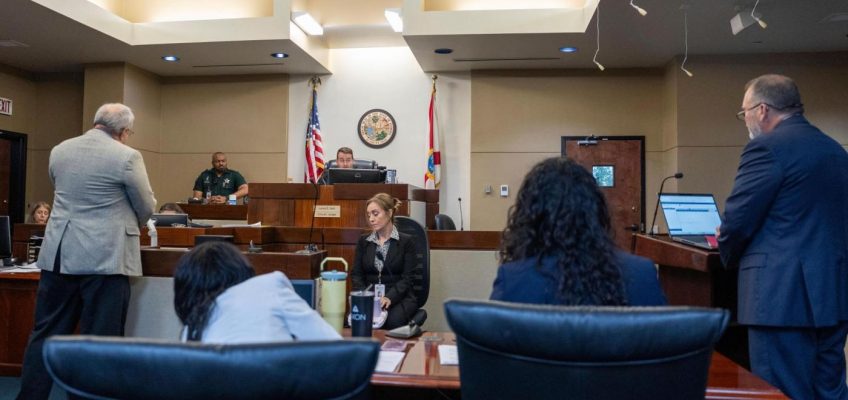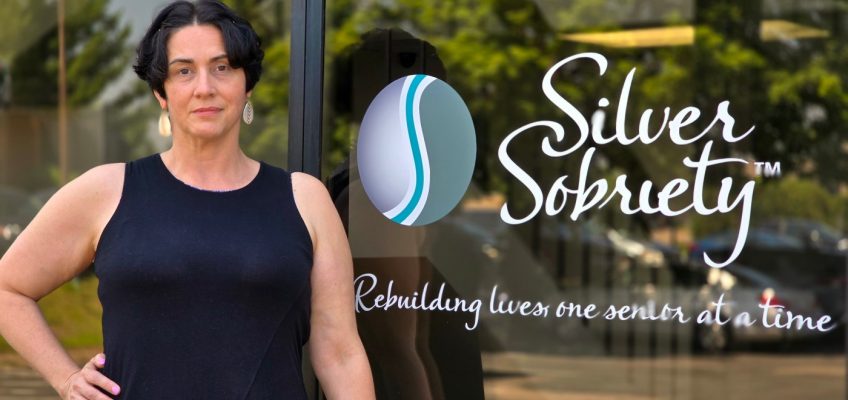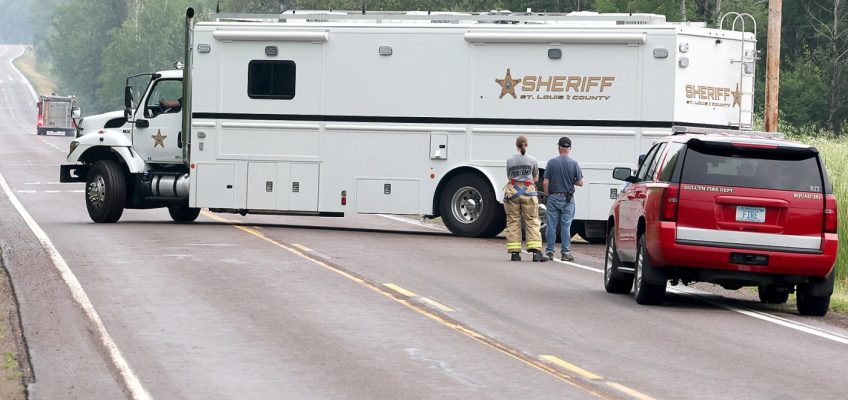By KATE PAYNE, Associated Press/Report for America
TALLAHASSEE, Fla. (AP) — The trial for the Florida State University student accused of killing two people and wounding six others in a mass shooting on campus in April is set to go to trial this November.
At a case management conference in a Tallahassee courthouse on Wednesday, Second Judicial Circuit Judge Lance Neff set jury selection in the case of 20-year-old Phoenix Ikner to begin Nov. 3.
Related Articles
Meta CEO Mark Zuckerberg expected to testify in $8 billion Facebook privacy lawsuit
US stocks drift after an encouraging report on inflation
US producer prices unchanged with wholesale inflation remaining under control
Today in History: July 16, Trinity nuclear weapon test
ICE flexes authority to sharply expand detention without bond hearing
Ikner’s attorney, public defender Peter Mills, said he needs more time to delve into the case, which involves extensive video surveillance footage and witness testimony.
“I object to that, judge,” Mills said of the trial schedule. “I am still investigating the case. My client’s entitled to effective assistance of counsel.”
Neff indicated he’s open to hearing out Mills’ concerns, saying, “we can talk about what, what you need” in order to investigate the case.
As far as the prosecution, Second Judicial Circuit State Attorney Jack Campbell said, “we’ll be ready.”
So far, the defense has not participated in discovery, the process of exchanging information between the parties about evidence and witnesses. But that is expected to change, Ikner’s attorney said.
Ikner faces two counts of first-degree murder and seven counts of attempted first-degree murder. He is the stepson of a local sheriff’s deputy, and investigators say he used his stepmother’s former service weapon to carry out the shooting.
Prosecutors in the case intend to seek the death penalty.
Kate Payne is a corps member for The Associated Press/Report for America Statehouse News Initiative. Report for America is a nonprofit national service program that places journalists in local newsrooms to report on undercovered issues.




